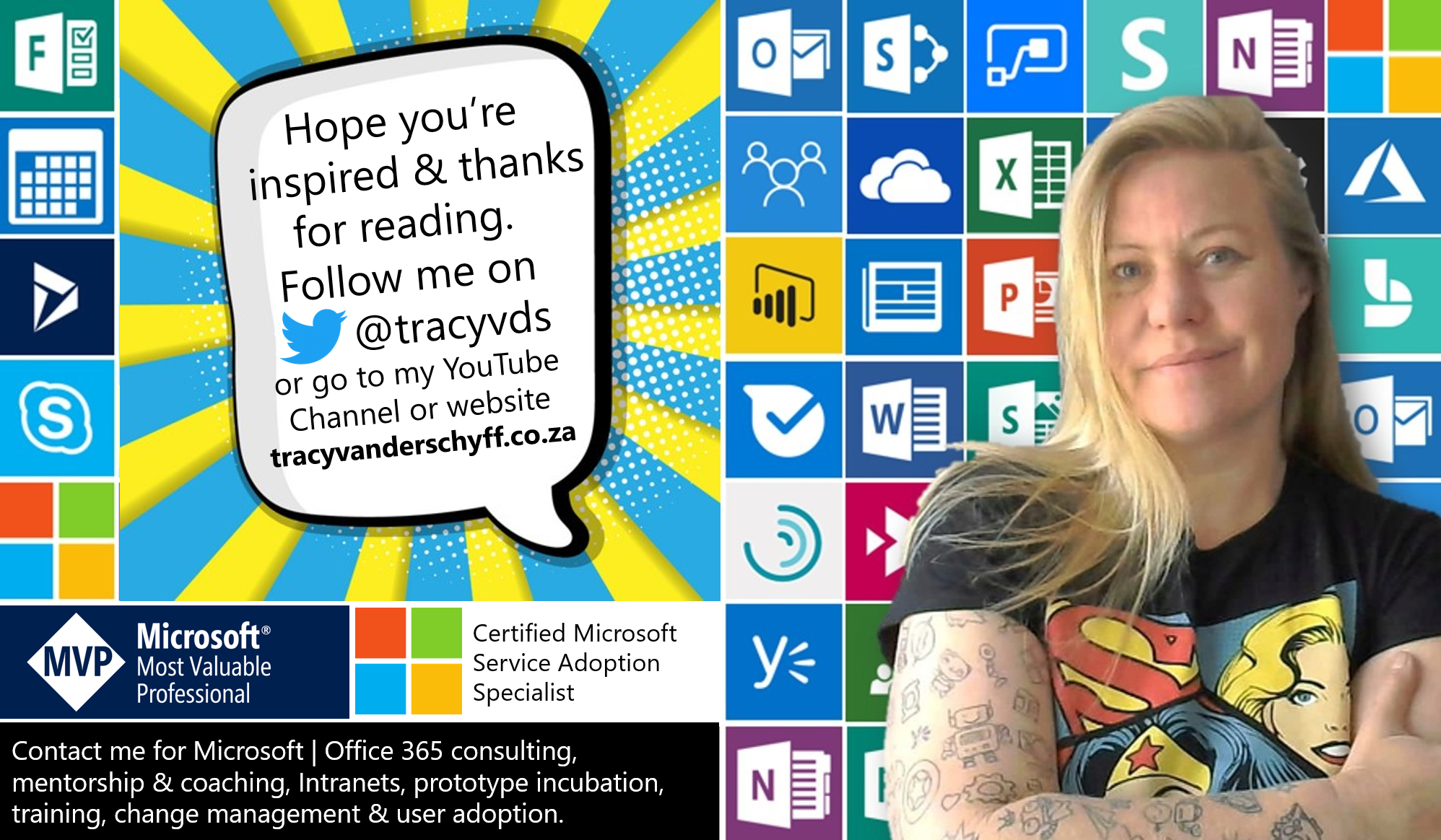I’ve sat in many meetings with companies planning their approach to roll out #Office365 and even just #SharePoint. I’m always surprised that most of them mention going into a Requirements phase first, where they will be asking Business what they need from a solution point of view, even before the base product has been rolled out. I’m saying “surprised”, but I’m actually not, as this is the norm for many IT projects. Let’s see if I can change your mind about this.
You should know me by now, so of course there’s an analogy about to follow…. 🙂
Adopting Cars
In Company X, most people still use the following transport mediums:
- Walking
- Bicycles
- Motorcycles
They’ve embarked on a journey to issue every employee with a car. Pretty awesome I’d say.
Based on traditional Project Management and Business Analysis Methods, they’ve decided to inform business that they’ll be getting cars, and then spend the next 6 months gathering requirements on what the business stakeholders want from ‘their car’.
Now that’s quite noble, putting the user first, including them and asking their opinions, but there’s a huge flaw in all of this.
Someone who’s never owned or driven a car won’t really know what to ask for. And I’m not putting users down by saying this, I actually have empathy, cause that’s just not fair.
The following would be typical outcomes:
- Business asks for car that can go forward and backwards, although they should be asking for 5 gears and reverse
- Business, designers and mechanics spend countless wasted hours in meetings as their terminology are completely different. It takes days to finally convince the stakeholders that a break pedal is the same as a stopping mechanism.
- Most of the requirements sessions are spent on the color of the car, not the functionality, as most people incorrectly believe that “If it’s pretty, they’ll drive it”
- Some of the sessions deliver very creative requirements like spoilers, turbo engines, ability to fly, 18 seats, very small, but very fast, which causes expectations which cannot be met in a short period of time and sometimes not at all. But because it was discussed and documented, not delivering it would be disastrous, as the expectation has been created that it’s actually part of the initial project.
- Not understanding how insurance works, business is mostly concerned about accidents and theft of cars, which then leads to a decision that everyone can get cars, but the engine start button should be disabled for most.
Sounds silly right? And yes, I do believe that supplying the basics first and then asking questions later is actually a better approach. Which is the complete opposite to what we’ve been doing for years.
Here’s what I would do:
- Inform users that cars are coming (Office 365) and the reason behind it.
- Get your garage and mechanics in order (IT / Power Users / Admin Center Settings etc.)
- Start an awareness campaign around safe driving (Change Management)
- Put users through training to understand the rules of the road and to get their Learners License (Digital Literacy Training)
- Supply driving lessons (basics Office 365 – Teams, OneDrive, Planner, OneNote)
- Give everyone their cars (put departments on Teams)
- Make advanced driving courses available for the “Evel Knievel’s” (Forms, Sway, Stream, SharePoint, Flow, PowerApps, Power BI, etc.)
- Give them some time to get used to their cars and understand what it can do (apps etc.)
- Now ask them questions…
That’s seems more fair doesn’t it? AND you’ll be able to roll out the base Office 365 platform to all of your users in a very short time!
Winner, winner chicken dinner. 🙂
Moving to the Cloud? Contact me for a FREE 60 minute, Microsoft 365 Immersion Experience.
Disclaimer: I create content about Office / Microsoft 365. Content is accurate at time of publication, however updates and new additions happen daily which could change the accuracy or relevance. Please keep this in mind when using my blogs as guidelines. And yes, I change my mind all the time as well, because “The only thing that is constant, is change”.
Find me on: Website > LinkedIn > SlideShare > Twitter > Medium > YouTube > MVP Profile



Leave a Reply